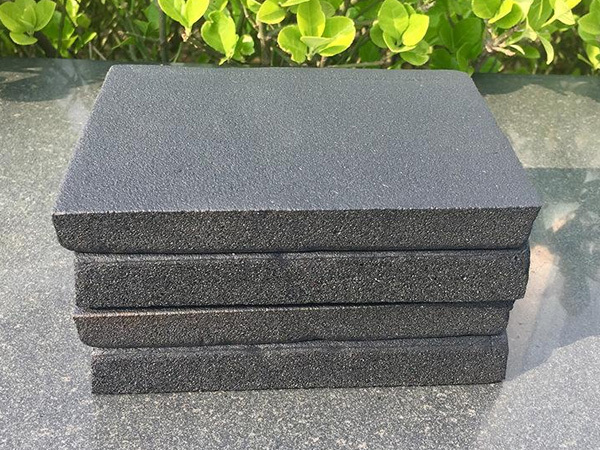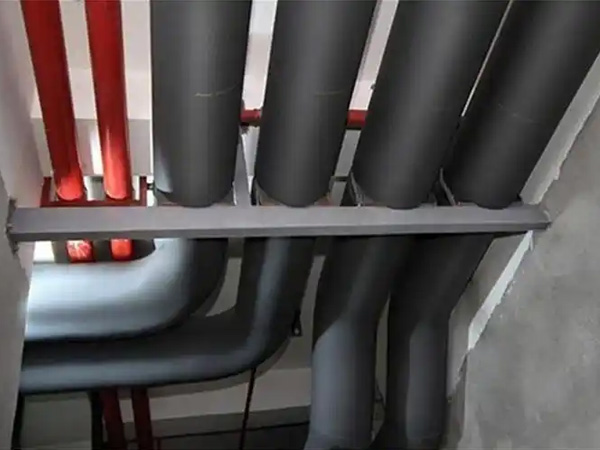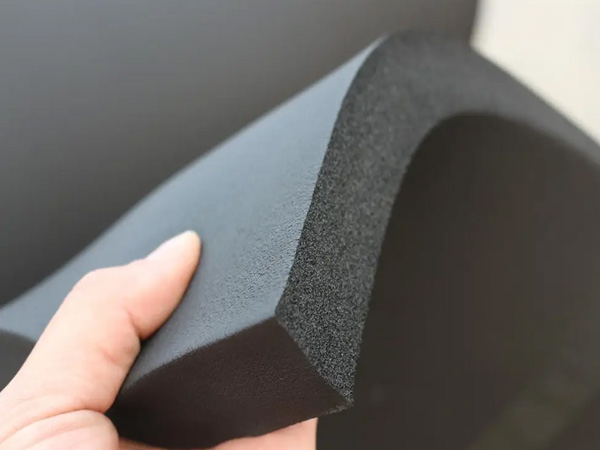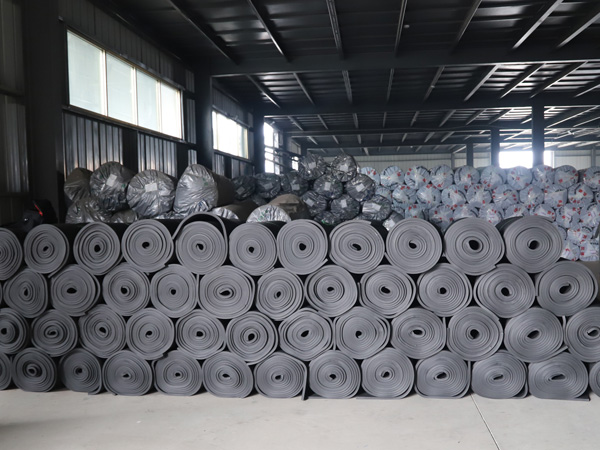Protective Measures for Phenolic Foam Boards During Transportation
2025-06-18 14:28:50
Protective Measures for Phenolic Foam Boards During Transportation
1. Key Risks During Transit
Mechanical Impact: Corners/edges prone to cracking from collisions or rough handling.
Compression Damage: Stacking heavy loads causes permanent deformation.
Moisture Exposure: Rain or humidity infiltration degrades foam structure.
UV Degradation: Prolonged sunlight exposure weakens surface integrity.
2. Protective Packaging Solutions
A. Reinforced Edges & Surfaces
Corner Guards: Install plastic or cardboard protectors on all edges.
Edge Boards: Use wooden or rigid foam strips to shield perimeter.
B. Moisture & Weatherproofing
Waterproof Wrapping: Cover with polyethylene (PE) film or vapor barrier sheets.
Closed Trucks: Prefer enclosed vehicles over open trailers for long hauls.
C. Stacking & Load Stabilization
Flat Stacking: Place boards horizontally (not vertically) to prevent bending.
Interlayer Padding: Separate layers with foam spacers or corrugated cardboard.
Strapping: Secure stacks with nylon/PET straps (avoid over-tightening).
D. Handling Protocols
No Forklift Spears: Use wide pallets or vacuum lifters to avoid puncture damage.
"Fragile" Labeling: Clearly mark packages to ensure careful handling.
3. Post-Transport Checks
Visual Inspection: Reject boards with cracks, dents, or water stains.
Thermal Imaging: Detect hidden damage (e.g., internal fractures) via IR scans.
Pro Tip: For overseas shipments, request climate-controlled containers if humidity exceeds 70%.

OurFlame Retardant Rubber Foamis a premium closed-cell elastomeric insulation material engi...

OurRubber Pipe Insulationis a high-performance solution designed specifically for HVAC pipi...

Rubber Foam Insulation Sheet – Product Introduction Premium Flexible Insulation for Therm...

Specially engineered for refrigeration applications, ourElastomeric Rubber Insulationprovid...



